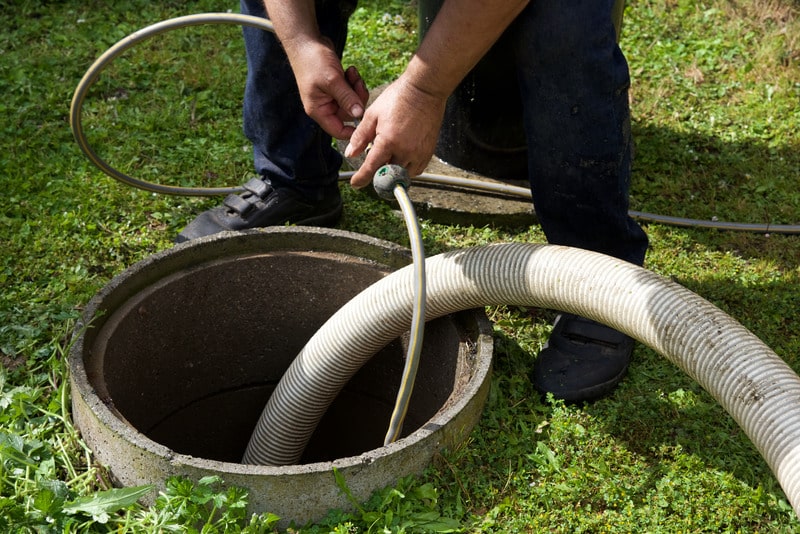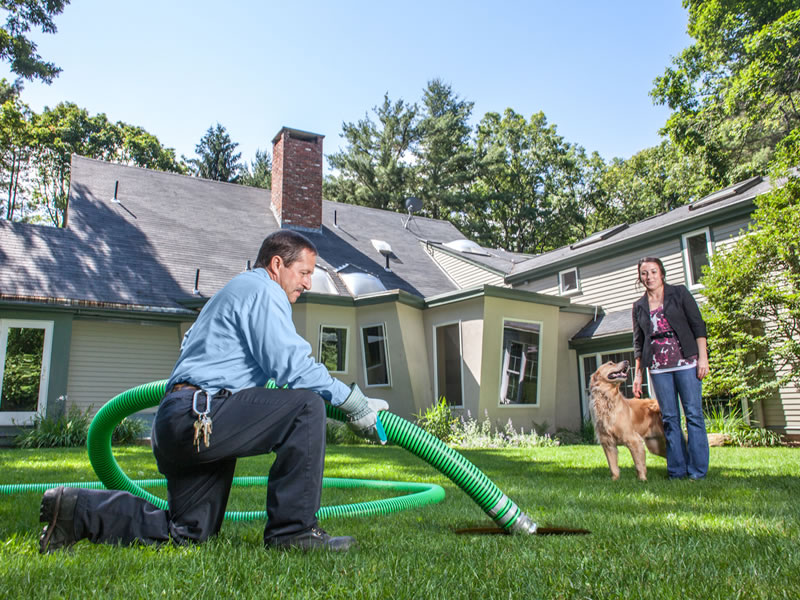A Biased View of Stillwell Septic And Grading
A Biased View of Stillwell Septic And Grading
Blog Article
The Definitive Guide to Stillwell Septic And Grading
Table of ContentsExamine This Report on Stillwell Septic And GradingA Biased View of Stillwell Septic And GradingLittle Known Facts About Stillwell Septic And Grading.The Buzz on Stillwell Septic And Grading4 Simple Techniques For Stillwell Septic And GradingThe Stillwell Septic And Grading StatementsThe Basic Principles Of Stillwell Septic And Grading
In general, septic container setup is an intricate process that requires cautious planning and implementation. House owners must work with a trusted setup team and understand local laws and needs to make sure that their septic tank operates effectively for years to find. After the septic system has actually been set up and attached to the drain field, it is time to backfill the location.The backfill product should be free of clods, huge rocks, icy matter, and particles that can lead to voids in the backfill that might allow resolving gradually. Crushed rock or pea gravel 1/2-inch in size is chosen if indigenous products are not suitable. When the backfilling is complete, it is time to landscape the area.
When the septic system has been set up, it is crucial to evaluate it to make certain that it is working correctly (Septic Installers). https://fliphtml5.com/homepage/kepos. Evaluating the system entails looking for leakages, making certain that the tank is at the proper degree, and examining the drainpipe area. One of one of the most common tests done is the hydraulic lots test
Some Known Questions About Stillwell Septic And Grading.
The water is then monitored to guarantee that it streams properly through the pipelines and right into the drainpipe field. If the water does not move appropriately or supports into the tank, it might show an issue with the system. An additional examination that is generally done is the dye test.
The dye is after that kept track of to ensure that it flows appropriately with the pipes and right into the drain area. If the dye does not move correctly or shows up in the wrong area, it may suggest an issue with the system. It is vital to have a specialist carry out these examinations to make certain that they are done correctly.

A Biased View of Stillwell Septic And Grading
Here are some important ideas for home owners to keep their septic system: The typical family septic system ought to be examined a minimum of every three years by a septic solution expert. The regularity of pumping depends upon the size of the container and the number of individuals using it. https://stillwellsag.blog.ss-blog.jp/2024-03-13?1710311780. A basic guideline of thumb is to pump the tank every 3 to 5 years
Making use of water-efficient components and home appliances, such as low-flow showerheads and toilets, can minimize water usage and help the septic tank work more successfully. Just flush bathroom tissue and human waste down the bathroom. Stay clear of flushing anything else, consisting of feminine hygiene items, infant wipes, and food preparation oil, as they can obstruct the view publisher site system.
About Stillwell Septic And Grading
Septic storage tank installation is a complicated process that calls for cautious preparation and execution. House owners must recognize the required steps entailed in the installation procedure to ensure that their septic tank functions appropriately and effectively. The primary step is to review the site where the septic tank will be set up.
As soon as the website has actually been reviewed, the next action is to prepare for the setup. House owners have to ensure that their professional is experienced in septic storage tank setup and will certainly work along with them throughout the procedure.
The Of Stillwell Septic And Grading

Property owners must know the required steps associated with the installation process to ensure that their septic tank operates correctly and successfully. By adhering to these actions and maintaining their system, house owners can rest ensured that their septic system will certainly provide trustworthy wastewater therapy for years to come.
Almost one in five U.S. homes have septic tanks. Yours might be one of them. If you're not appropriately keeping your septic system, you're not only injuring the atmosphere, you're putting your household's health and wellness at riskand might be flushing countless dollars down the tubes! Do Your Component, Be SepticSmart: The Do's and Do n'ts of Your Septic tank.
The Greatest Guide To Stillwell Septic And Grading

All that added water can really stress your septic system. Surprise making use of water-generating devices. This can be useful especially if your system has not been pumped in a very long time. End up being more water reliable by taking care of plumbing leakages and consider mounting shower room and kitchen faucet aerators and water-efficient products.
Stillwell Septic And Grading Fundamentals Explained
Know your system's place. When you have the tank pumped, draw a representation or map showing its location in connection to taken care of points - corners of the house, steps, or fence posts.
Lower the quantity of wastewater that have to be dealt with and disposed of by your system: Clean no more than one or two tons of clothing daily. Up to 53 gallons of water flood your septic system with each lots, so it's ideal to spread out washing out over the week.
Report this page